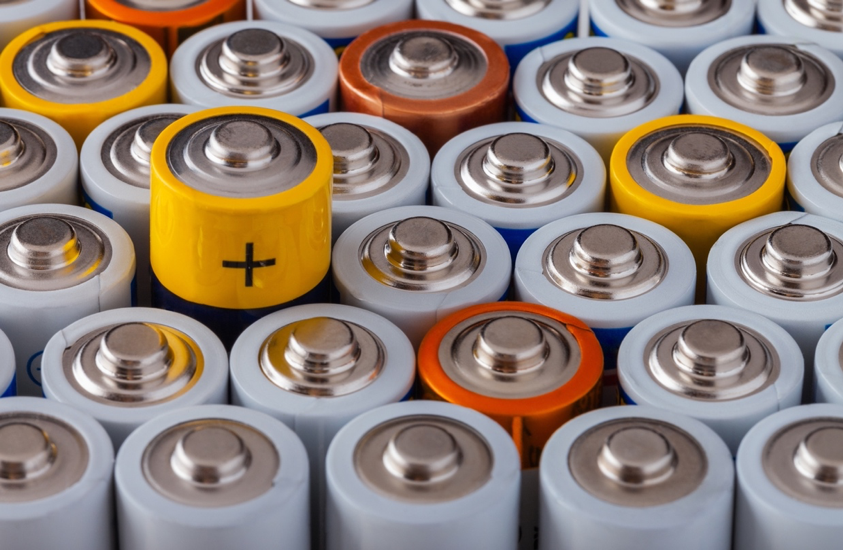Global Trade Disruption: What New US Tariffs Mean for the Battery Supply Chain

In a landmark move described as “Liberation Day,” the United States has launched its most ambitious reconfiguration of global trade policy in over a century. A new 10% universal import tax will take effect on 5 April, followed by a wave of reciprocal tariffs on 60 nations- including the UK, EU, China, and Japan.
Key Takeaways:
• A universal 10% tariff applies to nearly all imports from 5 April.
• Reciprocal tariffs include 34% on Chinese goods, 20% on EU imports and 10% on the UK.
• A separate 25% tariff on automotive imports (including EVs) begins 3 April.
• Critical minerals such as lithium, cobalt, and natural graphite are currently exempt.
• The US BESS market is particularly exposed, with over 90% of 2024 deployments sourced from China.
The result? A significant cost escalation for Chinese-made LFP battery cells, which are central to US energy storage deployment. These cells now face a combined tariff of 64.9%, rising to 82.4% by 2026.
Strategic Exemptions Signal Supply Chain Realities
Despite the sweeping nature of the tariff regime, the decision to exclude certain critical minerals suggests a pragmatic recognition of global supply chain dynamics. Materials such as lithium, cobalt, manganese, and natural graphite (all vital to battery manufacturing) have been deliberately left off the tariff list.
This exemption reflects the United States’ current reliance on imports to meet demand. In 2024, the US was entirely dependent on foreign supply for materials like natural graphite and high-purity manganese sulphate. While this provides short-term relief for battery and EV supply chains, it is not a permanent reprieve. Section 232 investigations, aimed at protecting national security, could see future tariffs applied to these very materials.
For the UK and Europe, this presents an opportunity: to deepen transatlantic partnerships, accelerate innovation in recycling technologies, and strengthen domestic capabilities through circular solutions that reduce reliance on raw mineral extraction.
What This Means for Battery Recycling
In contrast to the volatility shaking primary supply chains, the battery recycling sector remains stable. For the circular economy, this is a strong and reassuring signal.
At Recyclus Group, the UK’s first industrial-scale lithium-ion battery recycler, these developments reaffirm the strength of our approach. Our localised, closed-loop model is inherently resilient, designed to recover critical materials from end-of-life batteries and reduce the UK’s dependence on imported raw materials.
As tariffs raise the cost of imported batteries and components, the financial case for recycling grows stronger. What was once viewed primarily through the lens of sustainability is now equally a matter of national strategy.
Looking Ahead
As global trade dynamics continue to shift, the call to build resilient, domestic battery supply chains grows louder. While short-term challenges are inevitable, long-term opportunities lie in developing secure, scalable, and sustainable solutions.
Battery recycling is no longer optional; it’s a critical strategy for future-proofing supply chains.
